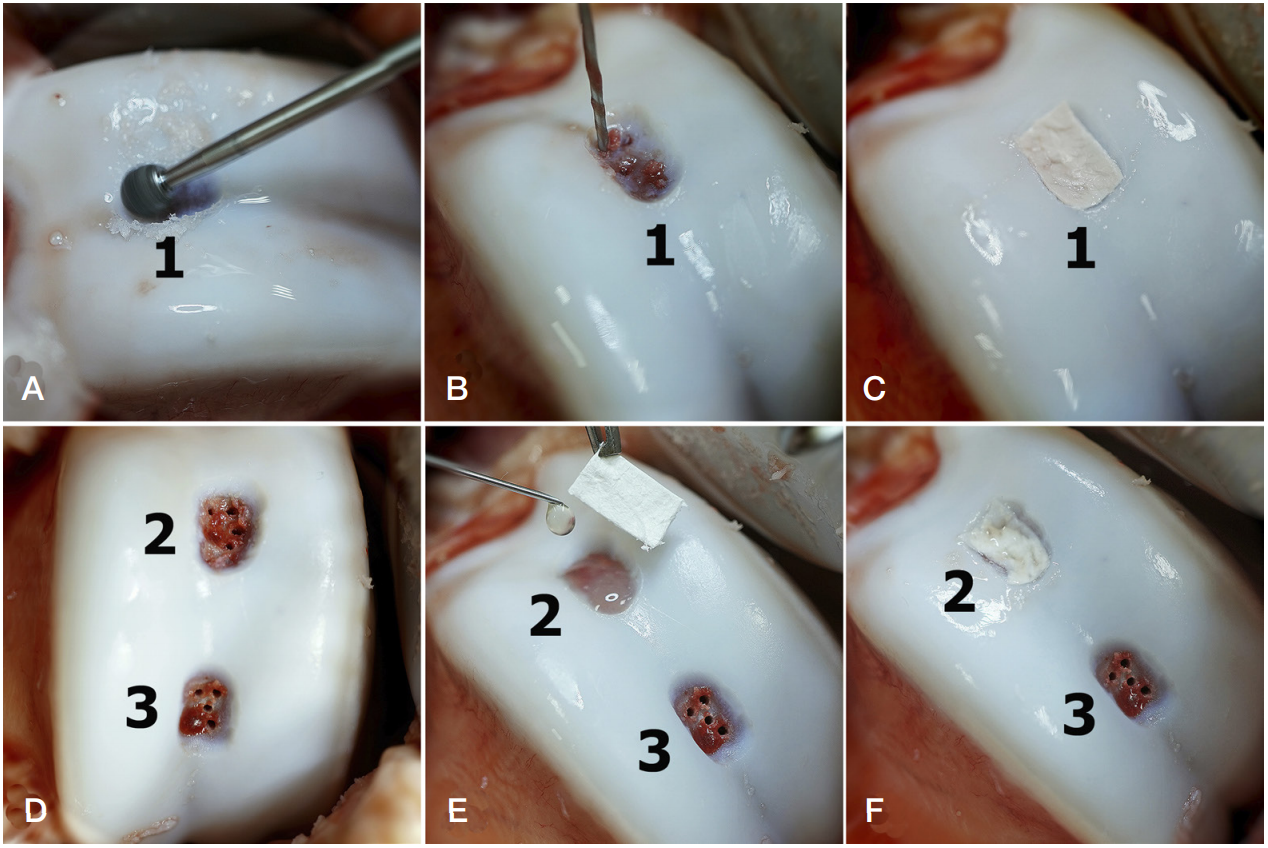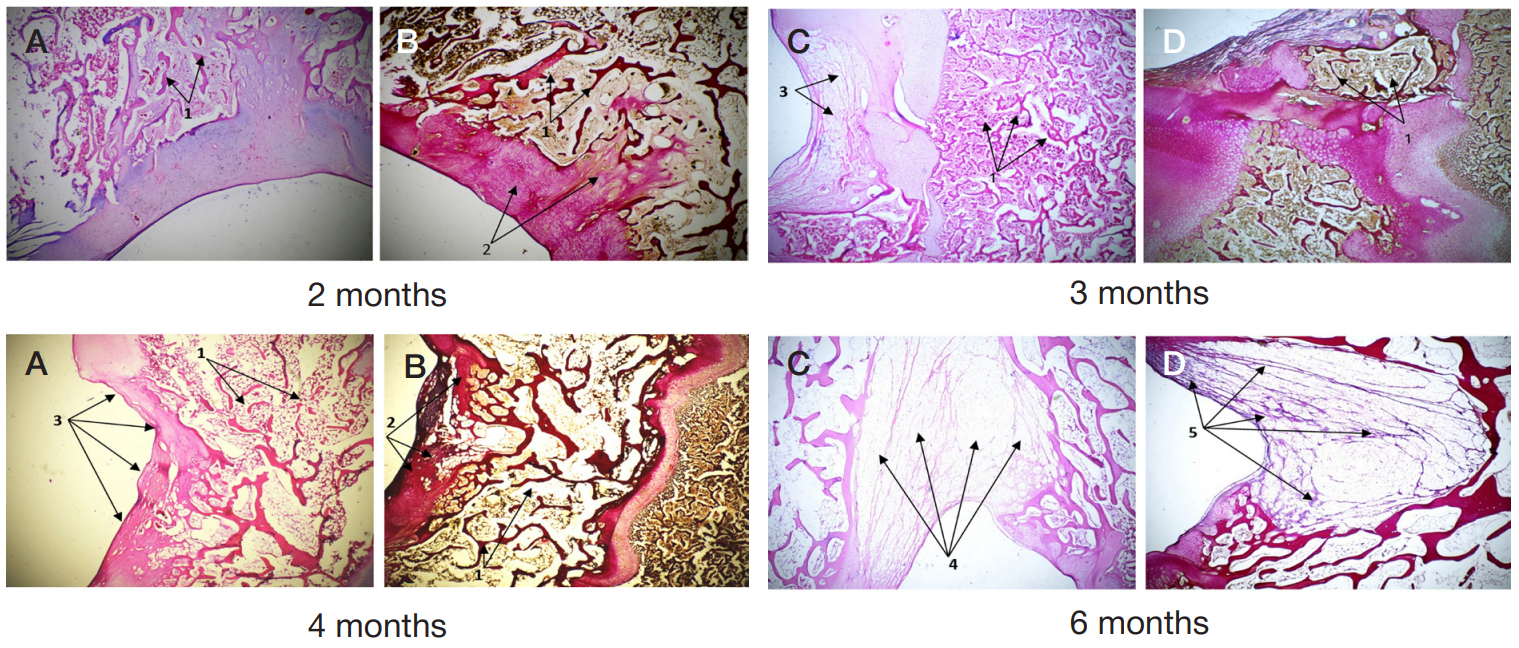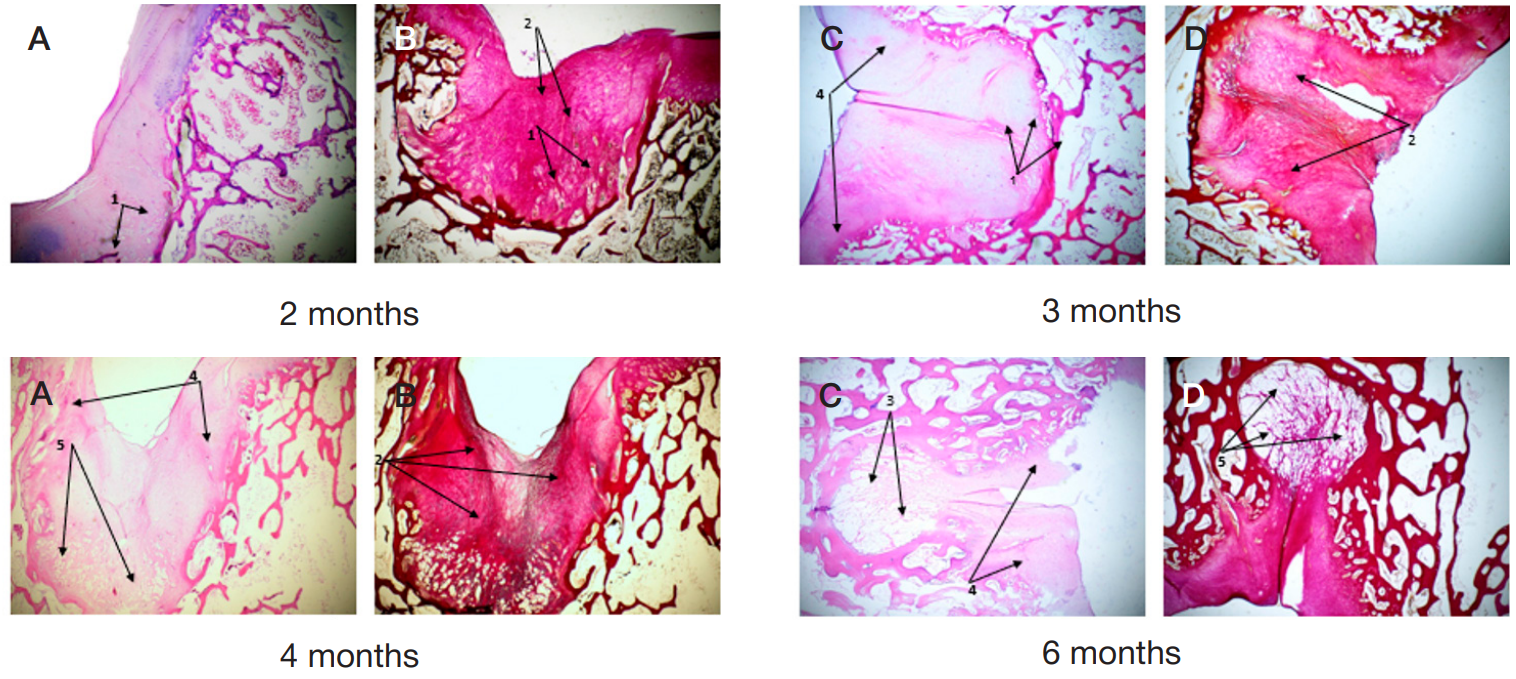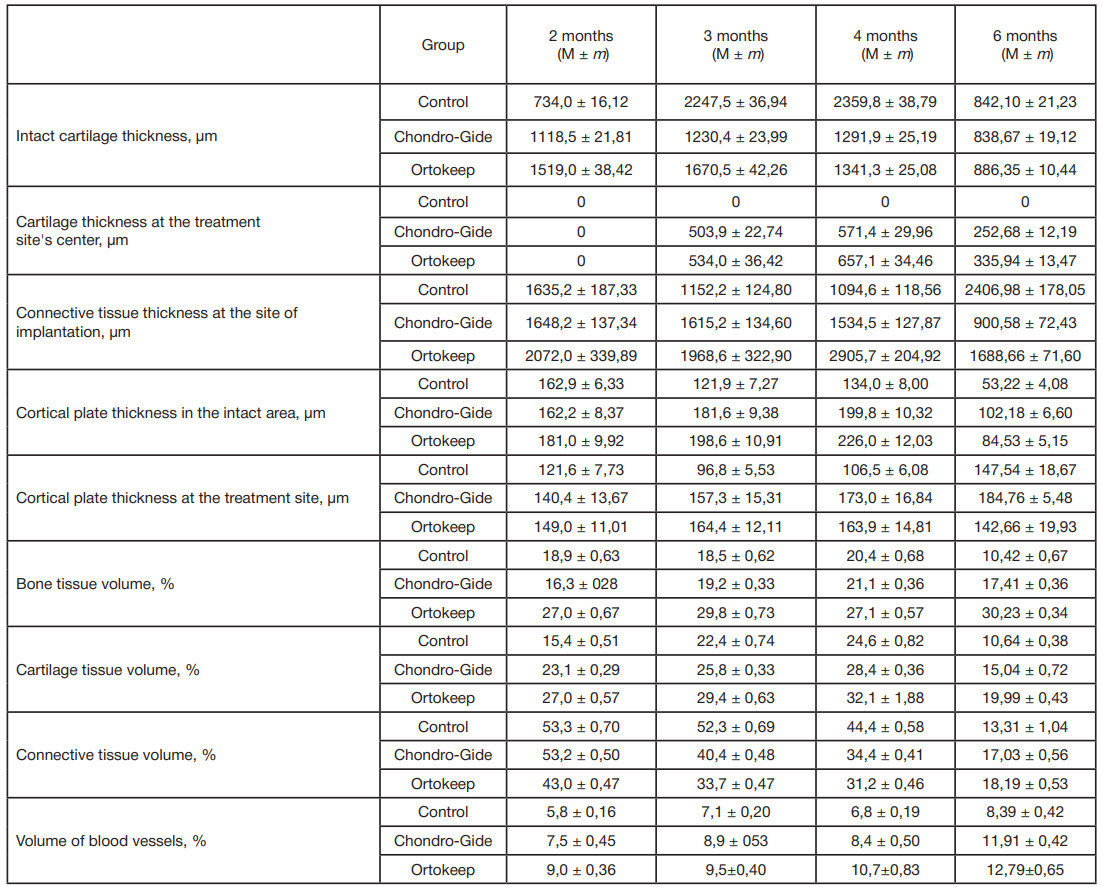
This article is an open access article distributed under the terms and conditions of the Creative Commons Attribution license (CC BY).
ORIGINAL RESEARCH
Experimental assessment of biological potential of collagen membranes in reconstruction of full-thickness hyaline cartilage defects
1 Pirogov Russian National Research Medical University, Moscow, Russia
2 OOO Aptos Group, Moscow, Russia
3 Doctor Vorontsov's Veterinary Center for Surgery and Oncology, Moscow, Russia
4 Federal Research and Clinical Center of Physical-Chemical Medicine of Federal Medical Biological Agency, Moscow, Russia
Correspondence should be addressed: Guram D. Lazishvili
Ostrovityanova, 1, 117997, Moscow; moc.liamg@zalmarug
Author contribution: Lazishvili GD — design of the experiment, participation in the experimental surgery, analysis of literature and experimental materials, article authoring; Yeghiazaryan KA — analysis of literature, experimental results; Nikishin DV — processing and analysis of the experimental data, article authoring; Vorontsov AA — execution of the experimental surgery; Klinov DV — Ortokeep collagen membrane design and development.
Compliance with ethical standards: the study was approved by the Ethics Committee of the Center for Preclinical Research of Penza (Minutes № 1–19 of March 11, 2019). The animals were kept and used in compliance with the ethical standards and International requirements for humane treatment of laboratory (experimental) animals, as well as GOST R ISO 10993-1-2009 Medical Devices.






